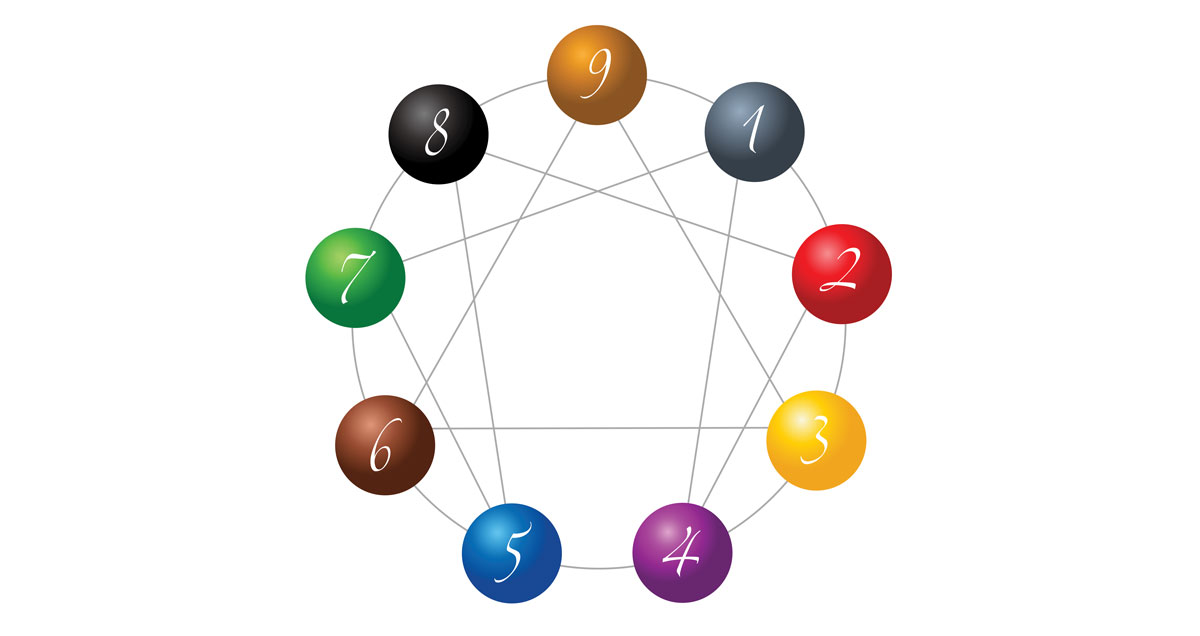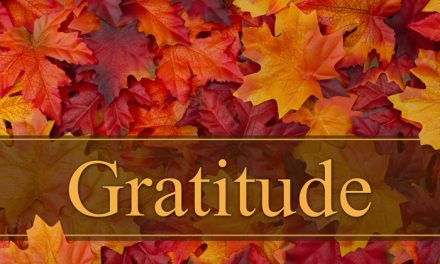What’s the Enneagram Test? While it might sound like a medical procedure, it’s actually a type of personality test.
It’s been compared to the Myers-Briggs Test, but it’s been said to be more in-depth and accurate than that.
This could be in response to the fact that taking this test does not define you—which is why many people take personality tests like the Myers-Briggs in the first place. According to Integrative Enneagram Solutions, this test “opens a pathway to self-discovery and greater personal awareness.” So, it follows that the Enneagram be more tailored to the individual taking it in an effort to reveal motivations, places for growth, and behaviors that they might not initially be conscious of.
Origin of the Enneagram Test
The exact origin of the Enneagram is unknown, but its traces spread across history and the Earth—from variances of esoteric Christianity to Pythagorean and mystic mathematicians. From the 21st Century and on, its history is more straightforward. It traveled from Russian George Gurdjieff in the 1920s, to Oscar Ichazo in South America in the 1960s, to Chilean Claudio Naranjo who still teaches about the Enneagram today. There have been numerous contemporary authors and psychologists who have expounded upon the Enneagram and are continuing to explore it.
Core Types, Lines, and Wings
This in-depth test results in nine possible core types or perspectives which will be further explored in Part II:
- (One) The Reformer
- (Two) The Helper
- (Three) The Achiever
- (Four) The Individualist
- (Five) The Investigator
- (Six) The Loyalist
- (Seven) The Enthusiast
- (Eight) The Challenger
- (Nine) The Peacemaker
It might initially sound like a lot of these are similar, and in many ways they are. This is another detail that makes it unique; each type is interconnected through concepts known as “lines” and “wings.”
When you take the test, you’ll end up with a core type—one of the nine—and a “wing.” The wing is not necessarily your “runner-up,” but is the type that you might lean more towards out of the two numbers that flank your core type. It’s possible that the type you scored second-highest in is your wing, and it’s possible to have no wing which means being balanced between the two potential numbers.
Each of these nine types are connected by lines that form the Enneagram’s trademark symbol (the word’s Greek stems translate to “nine points”). Each core type has a line that points to someone else’s core type, leading to a different type pointing to each one. The lines pointing away from the core type is one of release, “the direction of security, or possibility,” while the line pointing towards the core type is one of stretch, “challenge, or stress.”
For example, if your core type is a Four (The Individualist) your wing(s) would be either Three (The Achiever) or Five (The Investigator), and you would release towards One (The Reformer) and stretch towards Two (The Helper).
How Enneagram Results Can Improve Your Understanding of Your Behavior
As anyone who has begun the process knows, the journey of self-discovery and awareness is not an easy one. This is another factor that sets the Enneagram apart from other tests: it reveals the best and the not-the-best qualities of your type and wing. Yet it is these qualities that we often make invisible to ourselves that are at the root of many mental roadblocks, bad habits, and patterns of hurting others and ourselves.
The Aviary’s mission is “to help you work through the challenges that fueled your habits, so you can focus on your goal of recovery.” Similar to how psychotherapy and substance abuse recovery programs strive to make clients continually more aware of themselves, the Enneagram focuses on the intentions behind the “visible” behavior. There’s no such thing as an addictive personality, but the Enneagram can help you learn more about traits that have influenced the development of your substance use disorder.
Integrative9 describes the test’s personal benefits in great detail, many of which can apply directly to addiction recovery and could offer new perspectives and approaches. In addition to self-awareness, taking the test can improve leadership capabilities, empathy, productivity, and it can create “a language and sense-making framework that stretches deeper than a personality trait-based approach.”
If you’d like to explore all that the Enneagram has to offer or how the test applies to a business or organization, check out the Integrative9 website. If you’d like to find out your core type for free, check out Eclectic Energies’ classical Enneagram test.
For the latter, there isn’t a set number of questions but in an effort to maintain both interest and accuracy, “statements for Enneagram types that the test-taker didn’t much identify with are omitted” while it is being taken. Depending on how many different types you resonate with, the test could range from approximately 78 to 126 questions.
The number of questions might sound daunting, but if you feel confident in your self-awareness then the answers of “yes, no, or partly this is me” should make it go by pretty quickly. If answering questions about yourself is a difficult task for you, then it’s likely that the time spent taking it will be for the best and could already contribute towards areas of self-improvement. For many people, entering into a structured setting for self-discovery can be a very enjoyable and exciting experience!
Consider taking the test on a computer rather than a phone as it can take a while and will make it easier to navigate. So, settle down, take a deep breath, and get ready to dive deep into some self-revelation!
(888) 998-8655. We’re here to help.










